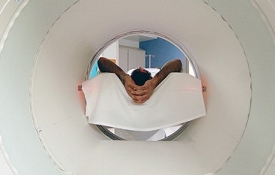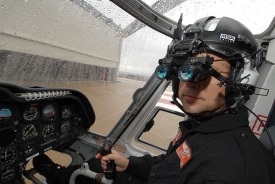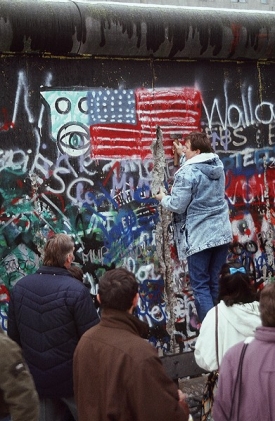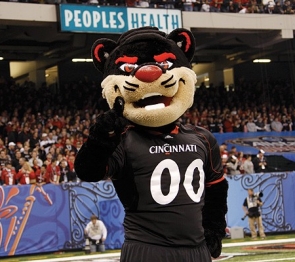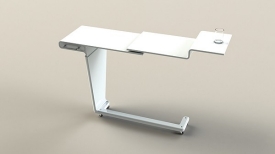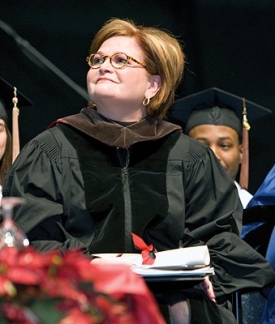Medical breakthroughs at the University of Cincinnati
Diagnosing heart disease
This fall, UC Health's nuclear medicine team became the region's first to offer an innovative cardiac-imaging test that results in better coronary-artery-disease diagnosis and fewer unnecessary invasive tests and surgical procedures. Known as ammonia-guided positron emission testing, these scans can pinpoint specific areas of compromised blood flow and more severe disease.
Early stage clinical trials open up cancer treatment options
UC's new Early Stage Drug Development program will give adult patients access to discovery-driven cancer treatment in an experimental, clinical-trial setting. For human-treatment applications, phase-1 trials, such as these, are the first step in testing scientific concepts revealed in laboratories. The program is the first of its kind within 120 miles of Greater Cincinnati.
UC's Kettering labs see extreme makeover
A $5 million economic-stimulus award from the National Institutes of Health will extensively renovate UC's environmental health laboratories inside the Kettering research complex.
Researchers find lead causes permanent injury
The Cincinnati Lead Study, a long-term collaborative research project involving UC environmental health and Cincinnati Children's Hospital Medical Center, has found that adults who were exposed to lead as children incur permanent brain injury. The study used functional magnetic resonance imaging to evaluate brain function.
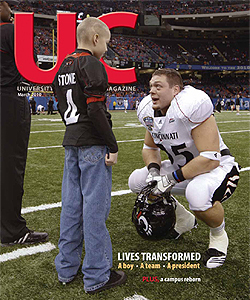
 Issue Archive
Issue Archive
